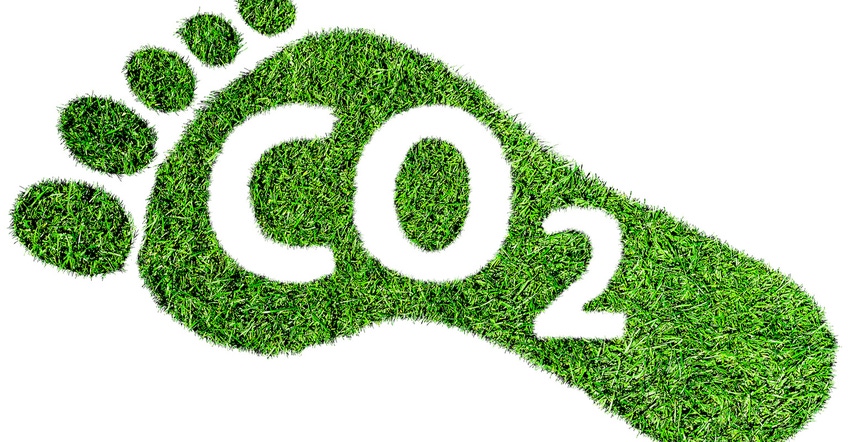You may have read recently about carbon-neutral rPET or about new forms of carbon-negative deodorant packaging. Here’s what you should know about carbon offsets.
October 28, 2020

You’ve probably recently read about carbon neutral rPET or about new forms of carbon negative deodorant packaging.
Are these types of carbon claims becoming a trend? In my opinion, the answer is “Yes”.
Is it primarily marketing hype, and not a significant opportunity to reduce carbon emissions? In my opinion, the general answer, once again, is “Yes”.
Let me explain.
Carbon neutrality is generally accomplished through the purchase of carbon offsets from certification organizations such as Verified Carbon Standard, Gold Standard, and Green-e Climate Standard. The carbon dioxide and methane your company produces is “neutralized” by an equivalent reduction of CO2 generation by another organization that is paid through the offsets that you and most likely others have purchased. These organizations can be Amazon rainforest owners, tree planting groups, windfarm operators, solar power generators, etc.
Some of these carbon-offset projects never exist or deliver on their promises. For example, the Vatican was presented with offset certificates for millions of trees that were never planted.
Other programs have provided returns similar to the Broadway show The Producers, in which more than 100% of the shares are sold to unsuspecting investors. Thus, your investment will not deliver the return you need to claim the offset. For reference, a 2016 European Union study indicated that more than 80% of offset projects studied cannot truly be called “incremental” or “additional”. The study also found that many offset projects overestimate the emissions reductions resulting from their work.
A 2019 report concluded that carbon credits for forest preservation may be worse than nothing.
There’s a philosophical issue here as well. Even if you buy high-quality offsets, you are basically buying a license to pollute: You are paying another organization to cut their emissions so that you don’t have to cut yours!
Finally, keep in mind that while greenhouse gas (GHG) reduction is extremely important, many of those groups paid to plant trees or crops are using that money to also purchase and consume water, fertilizers, pesticides, herbicides, energy, etc. So, both the math and the results may not add up to the zero sum benefit you were expecting.
Robert (Bob) Lilienfeld has been involved in sustainable packaging for 25 years, working as a marketing executive, consultant, strategic planner, editor, writer, and communications expert. He’s President of Robert Lilienfeld Consulting, working with materials suppliers, converters, trade associations, retailers, and brand owners. Reach him at [email protected].
About the Author(s)
You May Also Like




